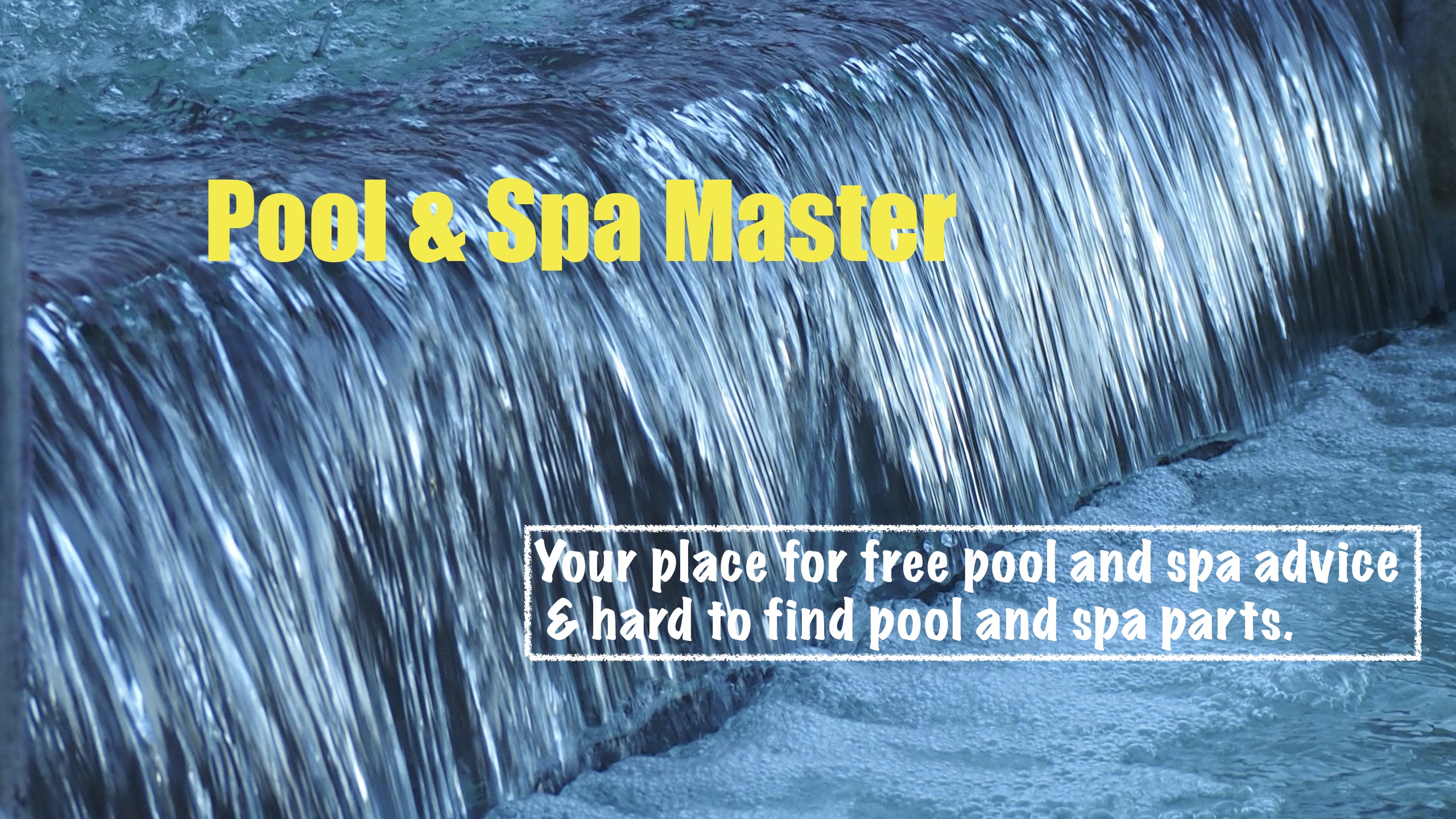Here are a few questions I was recently asked about spas and pools:
Question. My spa won’t get any hotter than 105 degrees. It’s not hot enough. The company I bought it from refuses to adjust the thermostat to make it reach 108 degrees. I’m very disappointed.
Mary in New Mexico
Answer. Mary, your spa dealer has done you a favor by not adjusting the thermostat. Here’s why: As a consumer protection, hot tub safety experts have determined that water temp over 105 degrees is dangerous. It raises your blood pressure, and could cause you to faint in the hot tub. That’s not a pretty picture. Following the inevitable wrongful death lawsuits that would likely (or have been) filed against spa manufacturers, the industry has set the 105-degree standard.
Personally, I’d recommend 102 to 104 degrees as optimum water temperature so that you can comfortably enjoy your hot tub’s hydrotherapeutic features for a longer length of time.
Question. Why do I cough when I turn the jets on my spa? Ross in Nevada.
Answer. Ross, when was the last time you changed your hot tub’s water or checked the full range of your hot tub’s chemistry? If you have to pause to answer this question, that’s the red flag. This tells me that your chemistry or total dissolved solids (TDS) is off the charts.
First check the TDS. You probably don’t have a meter for this, so take at least 8 ounces of your spa’s water to your local pool store and ask for the TDS test. If the TDS reads over 1500 ppm, dump your water and start all over again.
If your TDS is below 1200-1500 ppms, then check your total alkalinity and pH. Get your total alkalinity to 80-120 ppm. Then bring your pH to 7.2-7.6 ppm. Also OXIDIZE (‘shock’) your water.
Next, Ross, enjoy a good long soak with lots of jets and no coughing.
Question. Why does my skin itch after being in the hot tub? Carlos in Chicago.
Answer. Carlos, there are several reasons why your skin itches after a hot tub soak. 1) dirty filter, 2)chemistry imbalance, 3) old water (high TDS), 4) too much disinfectant, 5) too long of a time in the hot tub, and 6) you may just have sensitive skin.
So, troubleshoot the cause by running thru this list. Let me know what happens.
Finally, a pool question from Marsha in Phoenix: “Why am I adding chlorine every couple of days and still getting a low chlorine reading?”
Answer. Marsha, Marsha, Marsha, first of all, you are in Phoenix. It’s hot there. UV is chlorine’s worst enemy. You can buffer that UV action by testing your chlorine-stabilizer reading (cyanuric acid). This keeps UV from breaking down the chlorine. You want between 40-50 ppm of stabilizer.

Also what kind of chlorine do you use? If it’s liquid chlorine, it is about 6 to 8-percent available chlorine. (How do you spell weak chlorine??) Liquid chlorine is also without added stabilizer. I’d recommend “stabilized chlorine” (with cyanuric acid) as well as, the available chlorine ranges between 90 to 100-percent available chlorine. This will make your pool, test kit, and YOU much happier.
